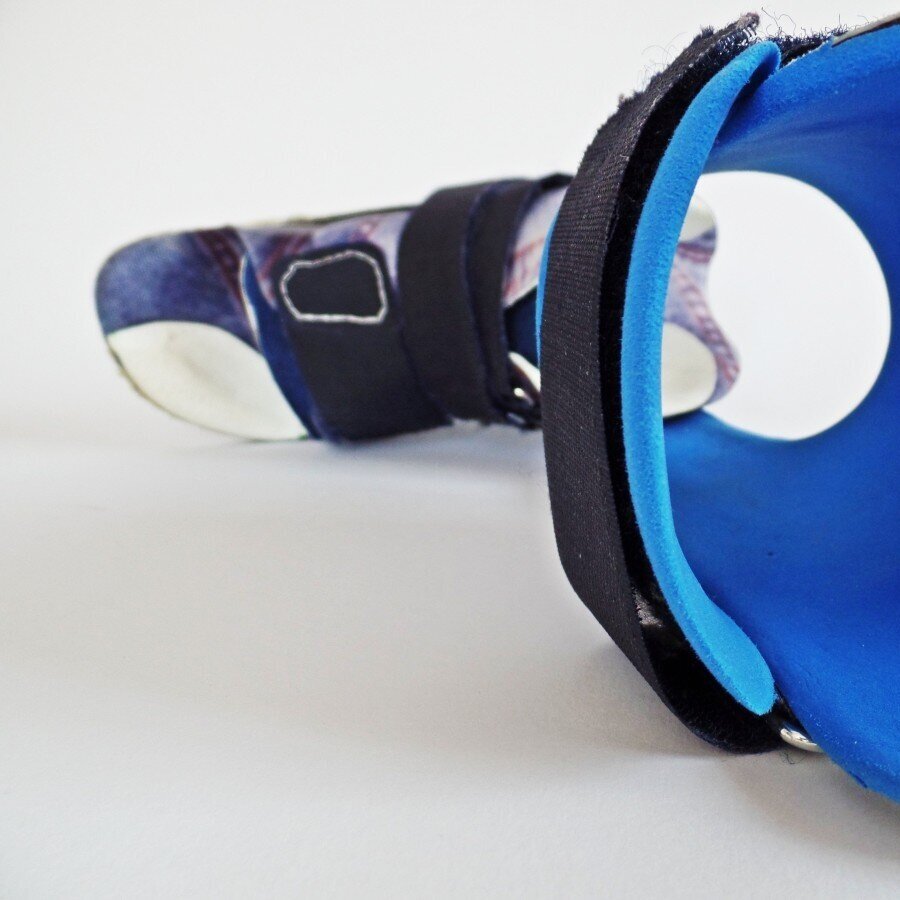What's the Difference Between Orthotics and Prosthetics?
Although the general public often mistakes one for the other, orthotics and prosthetics are entirely different products. These devices have specific designs and functions. A specialist can determine whether a patient needs orthotics or prosthetics at a glance. However, other people might not know the difference.
Here's everything you'll need to know to tell orthotics and prosthetics apart.
Orthotics
Orthotics help patients with difficulties in using their limbs or other body parts. These devices' primary purpose is to enhance or correct a body part that doesn't function properly.
Orthotics can resolve or alleviate issues that result from deformities or deficiencies. They can reduce stress on specific body parts and allow them to heal without swelling, discomfort, or inflammation.
Common examples of orthotics include spinal orthoses, used in patients with spine and back issues caused by scoliosis, and foot orthotics, which are often in the form of insoles. Various types of braces are also considered orthotics.
Prosthetics
Prosthetics are most likely what people think of when confusing orthotics with prosthetics. However, while orthotics can assist an existing body part, prosthetics are artificial replacements for missing body parts.
Artificial limbs are the most widely recognized type of prosthetics. If a person lacks a leg, either due to a congenital disability or amputation, they could have a prosthetic limb instead.
Prosthetic devices can be more or less technologically complex. The most advanced types can provide patients with a high level of limb functionality, allowing them to perform various actions that would otherwise be challenging or impossible.
Orthotic and prosthetic device manufacturing process
Depending on the patient's needs, orthotic or prosthetic devices can be custom-made to exact measurements. Creating a cast is the crucial part of this process, and it's usually much more straightforward in orthotics.
When it comes to prosthetics, a 'negative' cast of the missing limb is a prerequisite before making the 'positive' variant that will become the blueprint for manufacturing the device.
In both cases, you can manually or mechanically create casts. Recent technological advances have made this process much more precise and faster.
Orthotics and prosthetics for different patients might require varying levels of customization to accommodate particular habits, activities, and lifestyles. Healthcare professionals can help the patient get the design that fits them best in that regard.
When you should consult a professional
People suffering from certain conditions, like diabetes, are at a higher risk of losing a limb. In those situations, professional prosthetists or orthotists could offer helpful advice and guidance.
Loss of sensation in limbs is another reason for contacting a professional, mainly because this symptom could result from a preventable condition. For example, regularly spending many hours on your feet can lead to issues that can be remedied with the proper orthotics.
Consulting a professional as soon as a problem appears could prevent further complications.
If you are looking for occupational or physical therapy, vestibular rehab, wheelchair training, learning to walk, unweighting aquatic therapy, or other services in the Phoenix area, please call Touchstone Rehabilitation at 602-277-1073.

